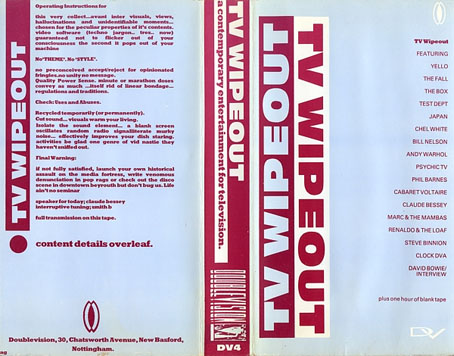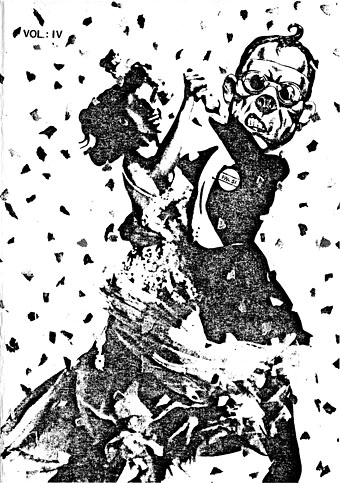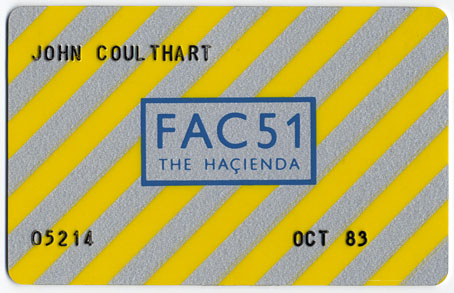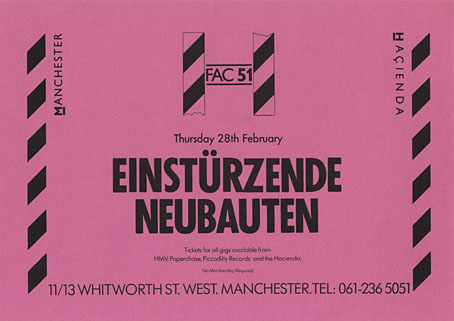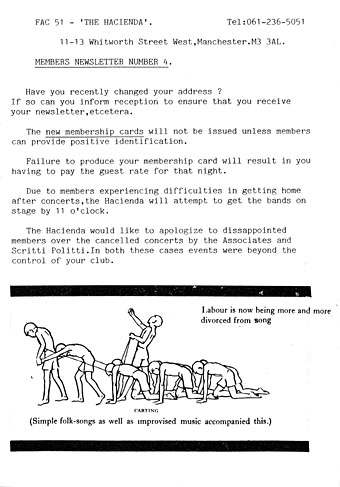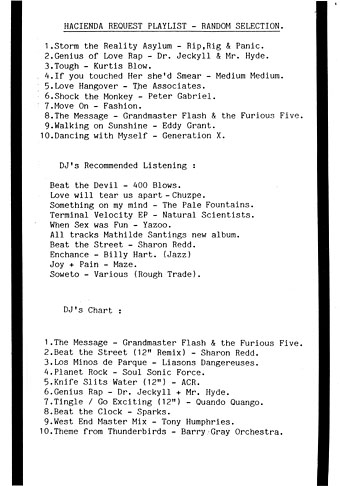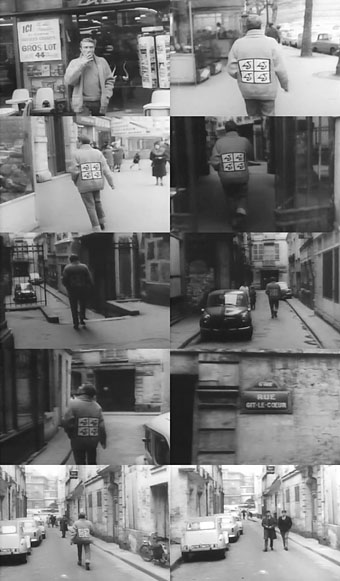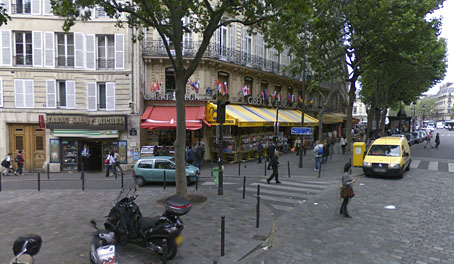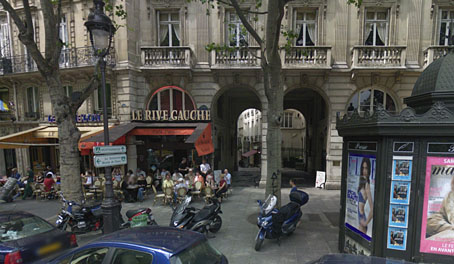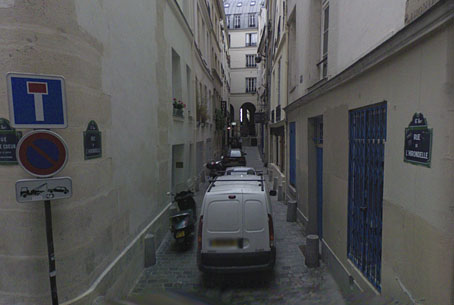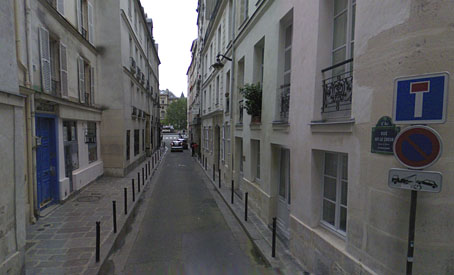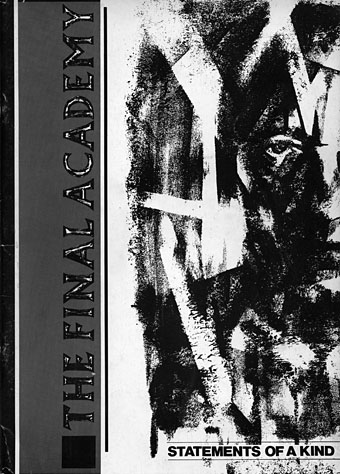Another of the videocassette releases on Cabaret Voltaire’s Doublevision label, TV Wipeout was released in 1984 as a “video magazine”. This and Johnny YesNo were the two Doublevision releases I was most interested in, and I did get to see some of the former release when Cabaret Voltaire’s first appearance at the Haçienda in 1983 was preceded by an hour of “Doublevision Presents…”. The most memorable sights from that screening were the weird and scary Renaldo & The Loaf film and the video for Terminus by Psychic TV, a very Wild Boys-esque piece directed by Peter Christopherson. The Cabs’ Stephen Mallinder explained why the contents of the tape tended to be more commercial than other releases on the label:
Q: The next Doublevision was the TV Wipeout video which was a sort of disposable magazine compilation. It contained a fairly wide variety of contributors, from people like The Fall and Test Dept to some more mainstream groups like Bill Nelson and Japan.
Mal: The point was that Virgin Films were quite happy to work with us; they even gave us money in the form of advertising revenue for using some film clips from the Virgin catalogue. We were then able to camouflage them into the whole set-up and make them look as if they were part of the whole nature of the video compilation.
Q: One of those clips was a particularly inane interview with David Bowie. Was its inclusion merely a selling point?
Mal: Yes, it was purely that. There are a lot of people who will buy anything with David Bowie on it. So we said “Fuck it, why not use that as a selling point!” Actually the interview is appalling, it’s terrible. Our including it was almost like a piss-take. We were saying “you really will buy anything with David Bowie on it if you buy this”.
From Cabaret Voltaire: The Art of the Sixth Sense by M. Fish and D. Hallbery
Unlike some of the other Doublevision releases this one doesn’t seem to have been uploaded anywhere but since much of the content was music videos it’s possible to compile an incomplete playlist. The Paul Morrissey films (Heat and Flesh), Eating Raoul and Plan 9 from Outer Space were cult items that weren’t being screened on TV so this was an opportunity to see them outside a cinema. Some of the other selections—the Chel White, Steve Binnion and Space Movie—are still a mystery. Lost Possibilities Of Modern Dreams was footage of a painting exhibition by Phil Barnes soundtracked by the Cabs. The Claude Bessy piece is the only one from the original tape, a short film of the Haçienda’s VJ shot by Ikon Video’s Malcolm Whitehead in the basement of the club.
Bill Nelson: Flaming Desire
Bill Nelson interview
Plan 9 from Outer Space excerpt
Clock DVA: Resistance
Chel White: Industrial Park
Cabaret Voltaire: Just Fascination
Steve Binnion: Mediaevil
Renaldo & The Loaf: Songs For Swinging Larvae
David Bowie interview for Merry Christmas, Mr. Lawrence
Andy Warhol: excerpt from Heat
The Fall: Live at The Venue (1983) with documentary footage
Space Movie excerpt
The Box: Old Style Drop Down
IKON FCL advertisement featuring various groups on the Factory label
Japan: excerpt from Oil On Canvas
Andy Warhol: excerpt from Flesh
Test Dept: Shockwork
Dieter Meier interview
Yello: excerpt from Jetzt Und Alles
Eating Raoul excerpt
Psychic TV: Terminus
Phil Barnes featuring Cabaret Voltaire: Lost Possibilities Of Modern Dreams
Marc & The Mambas: Caroline Says
Claude Bessy: Operating Instructions
Previously on { feuilleton }
• Seven Songs by 23 Skidoo
• Elemental 7 by CTI
• The Crackdown by Cabaret Voltaire
• Network 21 TV

